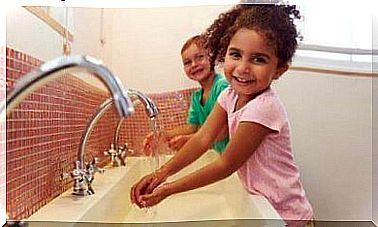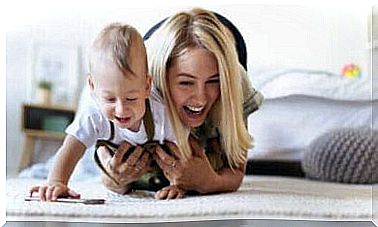10 Ways To Create A Comfortable Workplace For Your Child
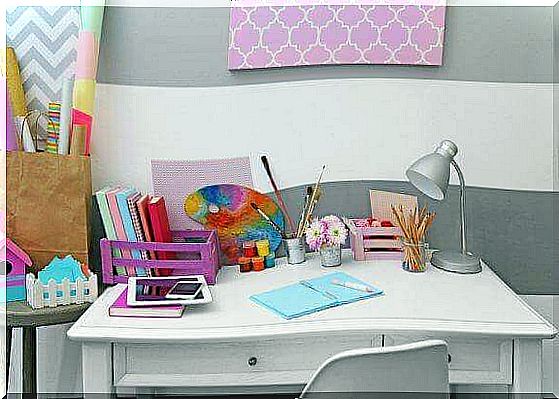
As a child reaches preschool age, and especially as they move into elementary school, parents have to start thinking about how to motivate them to study. A comfortable workplace is one of the things that encourages a child to do their homework and invest in schooling at home as well.
The age, needs and preferences of the child must be taken into account when planning the workplace. It is also good to remember that motivating a child through play is an essential and important aspect.

It is a good idea to create a pleasant and comfortable physical space for the child with all the necessary furniture, i.e. a table, chair and shelf or drawer unit, as well as other tools needed to do homework. This promotes the child’s study habits and thus also intellectual development. The space must be arranged in such a way that it is pleasing to the child’s eyes and meets his or her specific needs.
10 ways to create a comfortable workplace for your child
1. Location at home
The first step is to decide where the workstation will be located. If your child has their own room, this is most likely a desk place. Whether building a workstation into a child’s own room or other space in the home, it is important that the child has access to all the resources that allow for undisturbed learning.
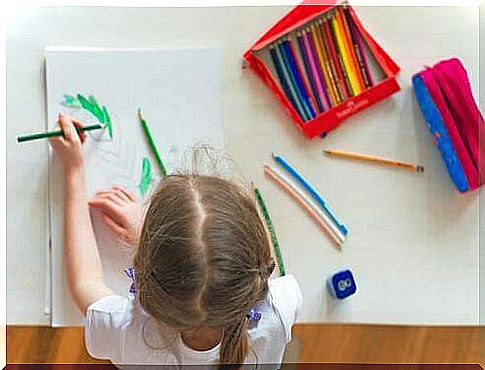
2. Location in the room
If possible, the desk should be placed so that the view in front of it is pleasant, but also such that it helps the child to focus. The desk should be empty in the middle so that the child can spread their books and other supplies on it.
3. The height of the desktop
The desk must be of a suitable height so that the child sits in an ergonomic position while studying. In addition, the surface of the table should be flat and preferably of a color pleasing to the child’s eyes.
4. Table dimensions
The desk doesn’t have to be extra wide, but the child needs to be able to spread their books and supplies on top of it. The dimensions depend largely on the age of the child and the space in which the table is placed.
5. Chair
The chair must be at a suitable height for the child’s height so that he or she can rest his or her feet against the floor. The chair must also not be too deep, but the child must be able to lean firmly on its back while keeping its feet on the floor.
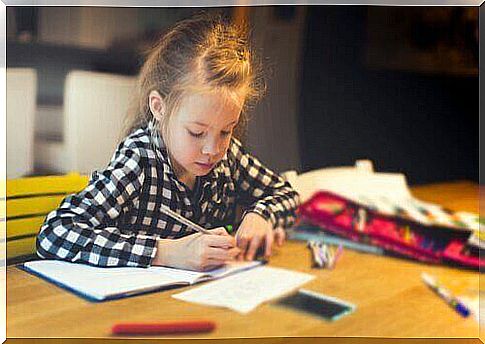
6. Lighting
Lighting is a very important part of a functional workspace where it is meant to be able to read and write even for long periods of time. If possible, natural light should be allowed into the room during daylight hours. At other times, a very illuminating general luminaire must be available. If necessary, a separate table lamp can be placed on the table.
7. Support
The desktop may have a book support for books, which helps maintain a child’s good posture as he or she reads.
8. Computer
If a child needs a computer or tablet for their studies, it should be in a suitable place. A child can use the device when they need it for school, but not to play video games or surf the Internet.
9. Organizers
The various organizers and racks keep the equipment in order. The child can choose the appropriate places from the table or shelf.
10. Games
There may also be puzzles or other learning games on the table. In addition to pleasing to the eye, they also help stimulate learning.





